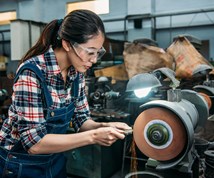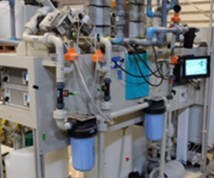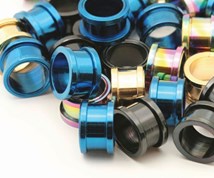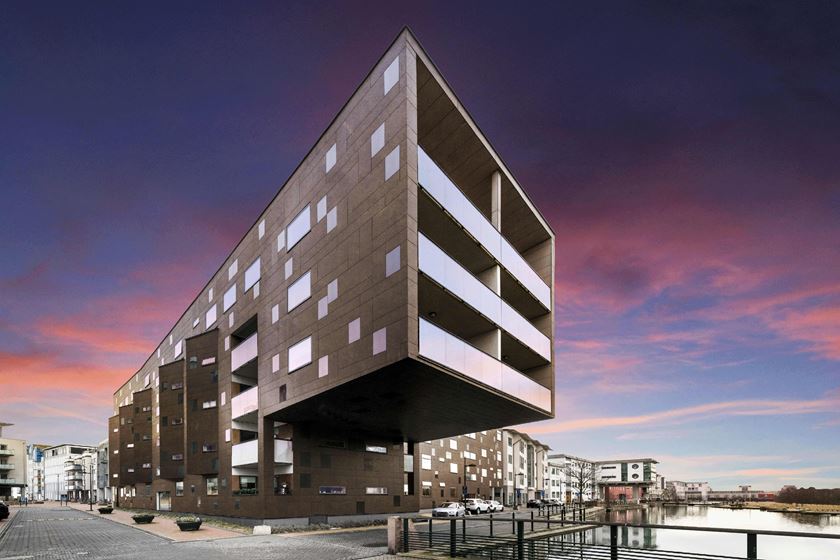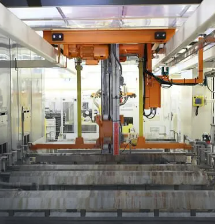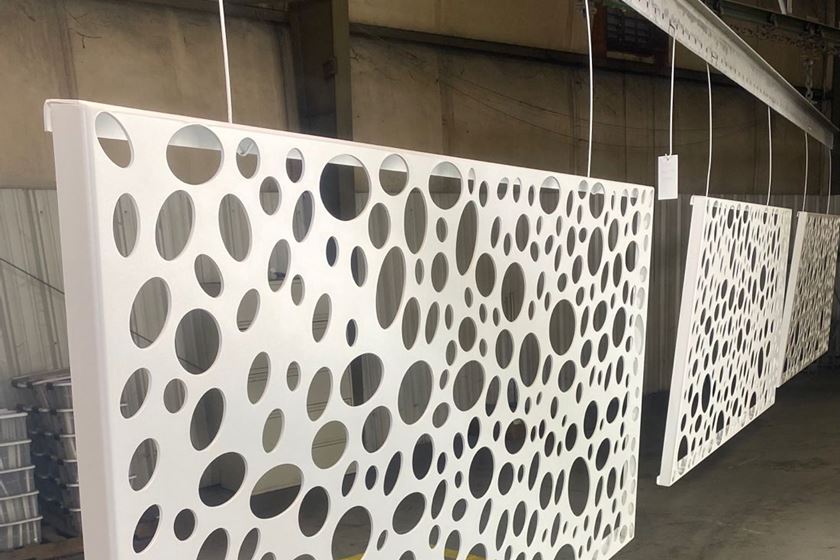How to Choose the Right Paint Booth Filters
Q. Our shop spends a lot of time on maintenance for our paint booth filters. How can we improve our operation, and what should we be looking at for filtration options?
#basics
Q. Our shop spends a lot of time on maintenance for our paint booth filters. How can we improve our operation, and what should we be looking at for filtration options?
A. The choices you make on choosing the correct filter for your paint booth will have a direct impact on everything from booth efficiency—and the quality of the end product—to booth maintenance costs and the safety of technicians.
Featured Content
Here are items to keep in mind and to give insight into the different types of filters found throughout your booth, and to keep your booth running efficiently.
Air Makeup: Depending on your booth setup, your first line of filtration defense might be air makeup filters. Located in the air makeup, these filters trap large particles before air reaches the air makeup unit, which provides pressurized air to the spray booth. As well as providing filtration for the air makeup unit itself, filters play an important role in extending the life of more expensive filtration. Air makeup filters come in multiple varieties such as pad, panel, cleanable aluminum and pocket and bag filters.
When troubleshooting airflow issues, the air makeup filters are a good place to start. If you have insufficient airflow, filters may be dirty or clogged. If you are getting too much airflow, ensure that filters are correctly in place. With air makeup filters in many units, a burner or cooling coil is located directly behind the filter frame system, so make sure filters do not come in contact with the burner or coil.
Intake: You likely wouldn’t know it because you wouldn’t actually be able to see it but it only takes particulates around 10 microns to cause a defect on your paint job. For reference, that’s about 0.0004 inches. This is the importance of intake filters; they provide clean, filtered air to the booth so your coating operation is free of foreign particles that can contaminate your paint job.
The type of booth also affects the type of filter required. For cross-draft booths, filters are often internally supported polyester panel filters or linked panel filters, which are typically designed to be installed without use of clips or other mounting hardware while creating a leak-free static fit when inserted into the frame. A common type of filter used in downdraft booths is a diffusion-type media pad that allows the airflow to spread uniformly throughout the booth, ensuring optimal conditions for coating application.
Each type of booth uses different filters. The polyester panel filters or linked panel filters for a cross-draft booth will vary from a MERV (minimum efficiency reporting value) 6 - 8. The diffusion-type media pad found in a downdraft booth is much more efficient, with a MERV of 10 or higher. This rating ensures an internal cleanroom atmosphere that removes more than 99 percent of all particulates 10 microns or larger from the air entering the booth.
Exhaust: Where intake filters ensure that you are working with clean air from the start, exhaust filters make sure the air leaving the booth is environmentally safe, while also keeping potentially dangerous chemicals from remaining in the airflow of the booth. Exhaust filters capture solid and liquid aerosols that painters can be exposed to through inhalation or dermal adsorption. Filters also keep those highly toxic materials from being released into the environment after passing through the booth.
Another goal of exhaust filtration is to protect fans, stack and plenum overspray contamination buildup. In order to do this, exhaust filters need to be able to hold enough paint to avoid constantly replacing the filters, while providing a minimal pressure drop within the booth to ensure particulates don’t harden and end up on the painted surface.
Most paint booths typically use single-stage filters (one common exception is aerospace booths, which use three- or four-stage filtration for chromate coatings). The type of exhaust filter used is the same for cross-draft and downdraft booths but the location and frame configuration differ. In cross-draft booths you will find plenum or wall filters, whereas in downdraft booths, exhaust pit filters are used.
The filters are generally made of multilayered polyester and/or fiberglass. Differences in fiber configuration, density and composition all impact how any exhaust filter performs.
Maintenance: Establishing a regular schedule to change the intake and exhaust filters is just as important. The cleanliness of the spray booth and the work you do within depend heavily on it. Clogged or overloaded filters may not allow proper airflow through the booth, causing dust or overspray to recirculate through the booth and affect the paint finish.
It is also important to ensure your paint operation meets the health and safety standards required by OSHA and NFPA regulations. In more severe situations, clogged filters may create flammable or explosive conditions within your booth.
With so many different styles and brands, filters will reach their “target” reading and require replacement at varying rates. These rates also depend upon the paint type, booth design, fan speed, temperature, spray equipment, etc.
You can compare readings from a manometer or magnehelic pressure gage with the booth manufacturer’s specs. Without a pressure gage, it is best to establish a strict maintenance schedule based on day-to-day spraying volume.
Mick Ramis is the Parts and Filters Business Unit manager for Global Finishing Solutions. For more information, visit globalfinishing.com.
Originally published in the July 2017 issue.
RELATED CONTENT
-
Understanding Paint Atomization
BASF coatings development expert Tim December explains how paint atomization works for both pneumatic spray applicators and high-speed rotary bell applicators.
-
Paint Application Methods
An overview of spraying, dipping, flow coating, and everything in between.
-
Zinc Phosphate: Questions and Answers
Our experts share specific questions about zinc phosphate and pretreatment


